Onboard sound with the usual suspects
Before I go into the pitfalls of onboard sound, I’d first like to give you the details on these chips and also differentiate between two variants that can be found on boards of different price ranges. Thus, the Realtek ALC1200 is very often found on entry-level and mid-range motherboards. Once you google or interpret the swarm intelligence of the relevant forums, there is also a frightening amount of half-knowledge and ignorance about this chip in circulation. Some write about a highly labeled ALC887, others about an only slightly slimmed down ALC1220. And the only right thing is: both is already once completely wrong! The larger and higher-quality ALC1220 (2017) is even older, as the ALC1200 came a year later (2018) and a completely different chip.
However, you can’t compare the ALC1200 with an old ALC887, that would be unfair. By the way, the package of the ALC1220 is not bigger by accident, because the functionality is, too. Nevertheless, the ALC1200 is not trash. I was also able to get the data sheets from a board manufacturer, which Realtek unfortunately keeps under lock and key. At least I hope to be able to destroy one or the other Urban Legend with today’s article.
The ALC1200 is better than its reputation, but it also has some clear disadvantages. The codec itself is absolutely fine, and a blind test will initially reveal a slightly higher noise floor at most, but this also depends heavily on the external circuitry and the selected gain. It is definitely also a modern chip, although it is of course exactly one price and performance class below the ALC1220.
What the ALC1200 cannot do!
End users can do without protocols like I2S and I2C if necessary, but the fact that DSD is completely missing is really annoying in some situations. Then, for example, the Nubert nuPro X-4000 RC is of no use, because it could do that, but is not delivered. And the question also remains which third-party software up to DTS will still be supported. However, this is then a pure license question by the board manufacturer and not a hardware feature of the ALC1200.
But what is a real shortcoming of the ALC1200: the headphone amplifier does not offer an effective 2 volts at 600 ohms and is thus unfortunately ruled out for the direct operation of higher impedance headphones or headsets.
At 32 ohms, however, it still plays relatively loud, though not excessively so. But there is an extra chapter on that. You also have to know that the ALC1200 still needs sufficiently large output capacitors at the headphone output for galvanic isolation, while the ALC1220 can also be operated capacitor-free! For all those who want to read more about the ALC 1200 and 1220, I have summarized the most important contents.
The ALC1200 in detail
Realtek’s ALC1200 HD audio codec is a SoC and low-power 110 dB SNR multichannel audio codec with lossless DRM that protects prerecorded and lossless content, enabling full DVD Audio and Blu-ray DVD or HD DVD disc playback. The chip has an integrated 5-volt to 4.5-volt low-dropout (LDO) voltage regulator that guarantees reasonably acceptable analog audio performance without external BOM, and an integrated 3.3-volt to 1.8-volt low-dropout voltage regulator that is used to power internal digital blocks.
The ALC1200 provides a maximum of ten DAC channels supporting simultaneous 7.1-channel playback, as well as two independent stereo output channels (multiple streaming) via the front panel stereo output (HD audio) with up to 110 dB signal-to-noise ratio (SNR). Two stereo ADCs are also integrated, realizing multiple analog audio inputs including a 102 dB SNR stereo line-in and a microphone input complete with microphone arrays with Acoustic Echo Cancellation (AEC), Beam Forming (BF), Noise Suppression (NS) and Far Field Voice Pick up (FFP) software functions.
All analog inputs and outputs are input and output capable and all can also be processed by DSP according to user definitions. There are even a total of three headphone amplifiers integrated at the analog output ports (Port-D/Port-E/Port-F). These high output headphone drivers deliver up to 30 mW into a 32 ohm load, eliminating the need for an external headphone amplifier from Realtek’s perspective. Support for 16/20/24-bit SPDIF output with up to 192 kHz sampling rate allows easy connection to HDMI-enabled devices or various consumer electronics such as digital decoders and receivers.
The ALC1200 supports host audio from Intel and AMD chipsets, and also from any other HDA-compatible audio controller that complies with HDA specification 1.0a. Software utilities such as multi-band equalizers, independent software equalizers, dynamics compressor and expander, and optional third-party software features such as Nahimic 3D, Dolby PCEE, SRS TruSurround HD, SRS Premium Sound, Fortemedia SAM, Creative Host Audio, Synopsys Sonic Focus, DTS Surround Sensation, UltraPC, and DTS Connect are supported when licensed.
The differences to the ALC1220
The ALC1220-VB is also an SoC and a high fidelity multi-channel audio codec with bi-lingual interface supporting High Definition Audio 1.0a and industry standard I2S and I2C. The ALC1220-VB also offers DRM, 10 DAC channels, and two channels for multiple streaming. However, the signal-to-noise ratio (SNR) at the front panel is now even up to 120 dB, which is 10 dB more. There are also three stereo ADCs integrated instead of just two, and the line-in offers up to 110 dB SNR instead of the 102 dB of the smaller ALC 1200.
DRM is also not an issue, however the ALC1220-VB also features a Direct Stream Digital (DSD) decoder and encoder to enjoy DSD stream content and create custom DSD streams with minimal quality loss through DA and AD converters. The headphone amplifier on Port-D (front panel) is a so-called capacitor-free connection, which eliminates the need for an external coupling capacitor and ensures less distortion as well as less pop effects. This headphone amplifier at port-D has a rich output voltage of up to 2.1 Vrms and can drive high impedance headphones (up to 600 Ω), which is not possible with the ALC1200.
By the way, now you know why I always point out to connect the headset to the front panel of such boards! In general, however, the three (headphone) amplifiers for the output ALWAYS operate the I/O shield and the front header for the HD car separately, with Port-D always being the front connector. Well, should be. However, I have also had boards in my hands where exactly this was wired incorrectly with the ALC1220 and Port-D remained incomprehensibly unused or was wired at the rear.
- 1 - Introduction and Overview
- 2 - Humming and other unwanted "sound"
- 3 - Noise and jitter on the external USB DAC
- 4 - Graphics cards and intermodulation
- 5 - Onboard: Realtek ALC1220 vs. Realtek ALC1200
- 6 - Onboard: Realtek ALC4080 and ALC4082
- 7 - Datasheets: Realtek ALC1200, ALC 1220 and ALC 4080/ALC4082
- 8 - RMS voltage, output power and sound level
- 9 - Intern: Creative Sound Blaster Audigy FX V2 (Entry Level)
- 10 - Intern: Creative Sound Blaster Z SE (Mid-Class)
- 11 - Extern: Creative Sound Blaster G3 (Entry Level)
- 12 - Extern: Creative Sound Blaster X4 (Mid-Class)
- 13 - Summary and Conclusion















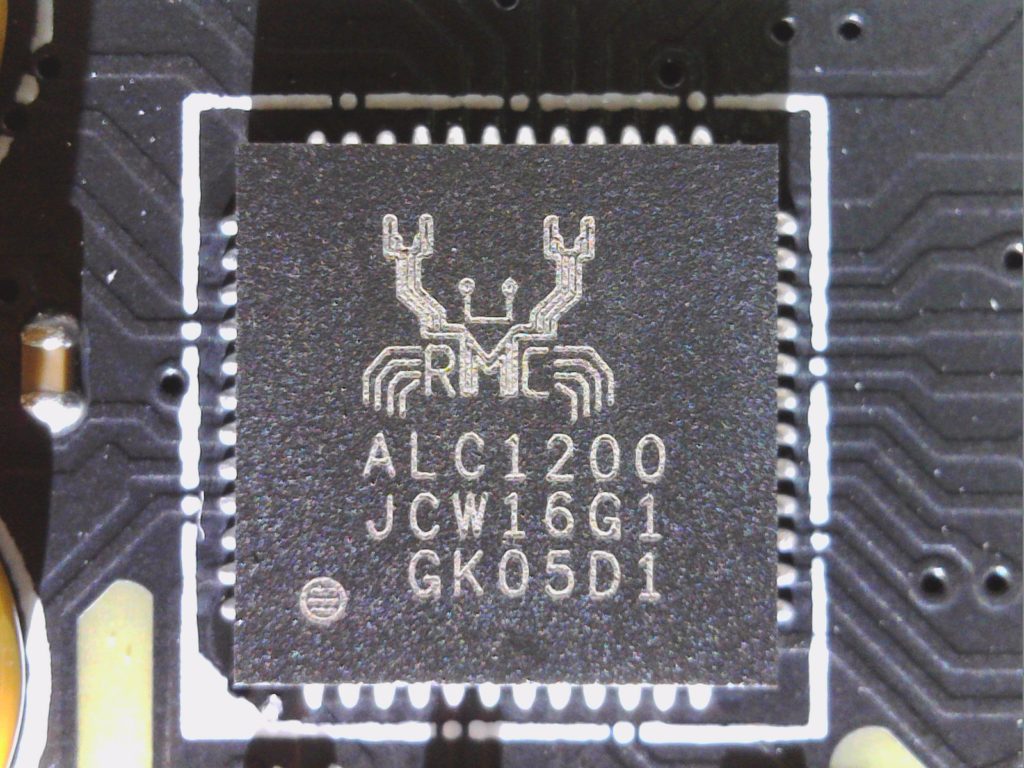
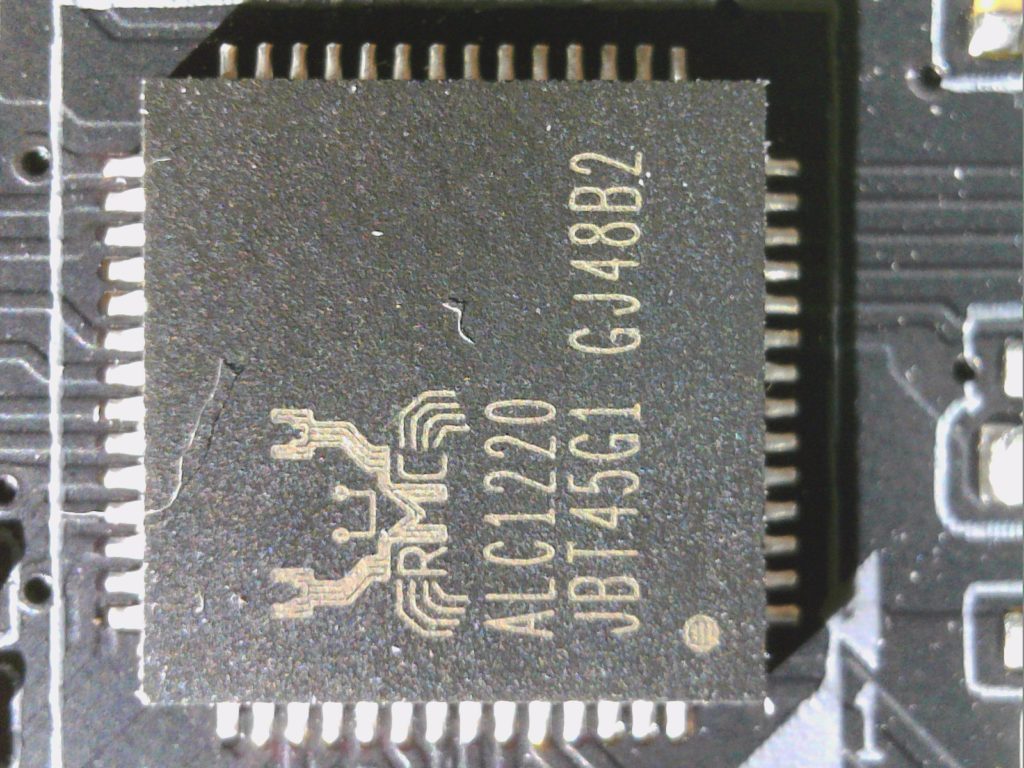
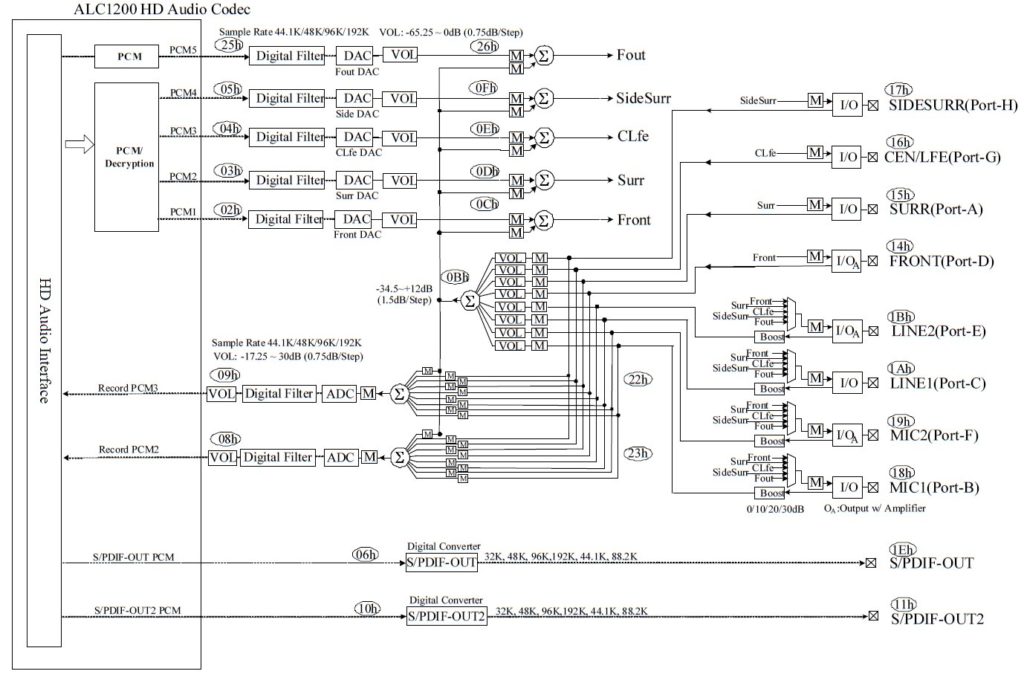
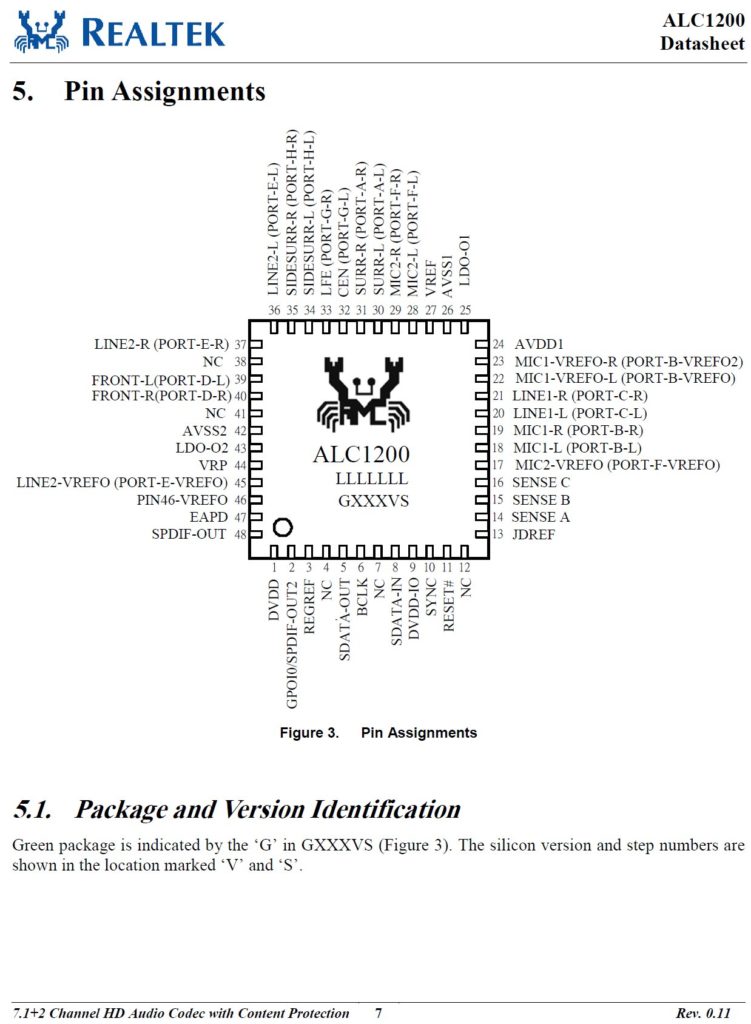
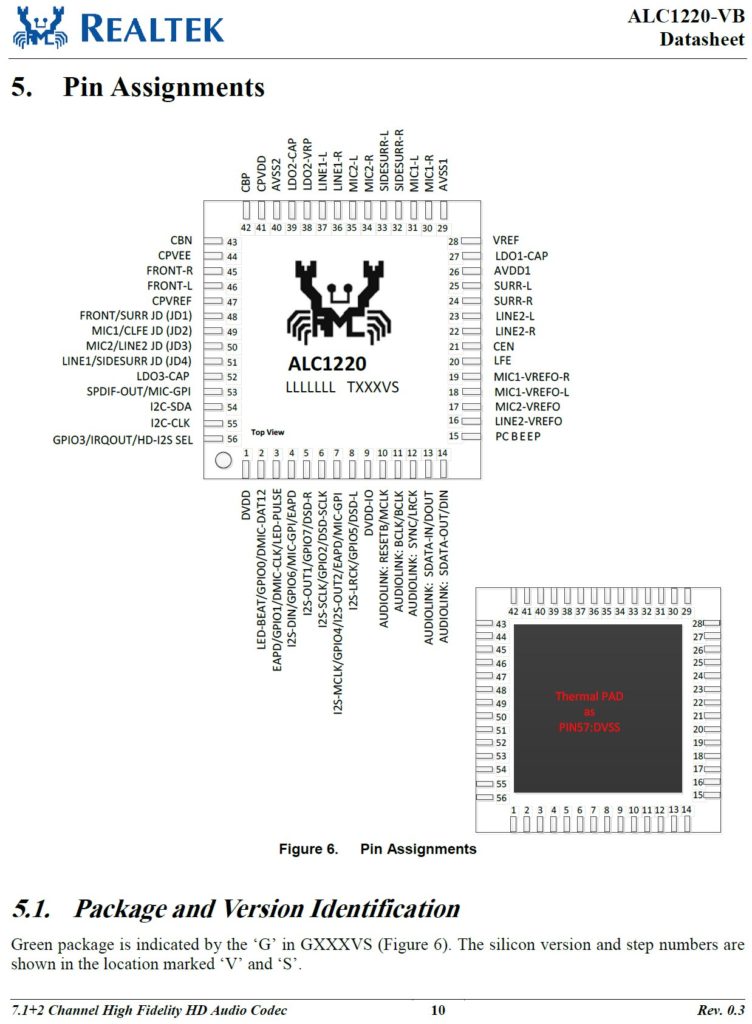




















199 Antworten
Kommentar
Lade neue Kommentare
Mitglied
1
Urgestein
Veteran
1
Veteran
1
Urgestein
1
Veteran
1
Urgestein
1
Urgestein
Urgestein
Urgestein
Urgestein
Urgestein
1
Alle Kommentare lesen unter igor´sLAB Community →